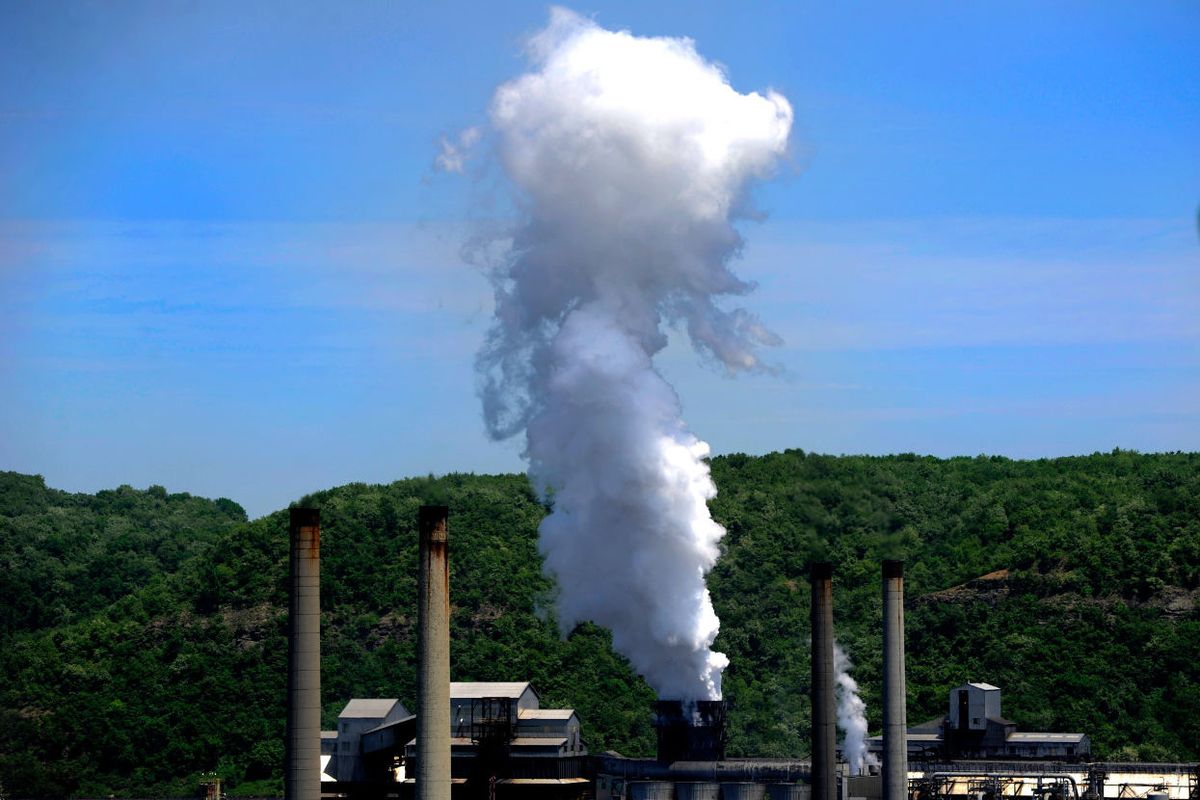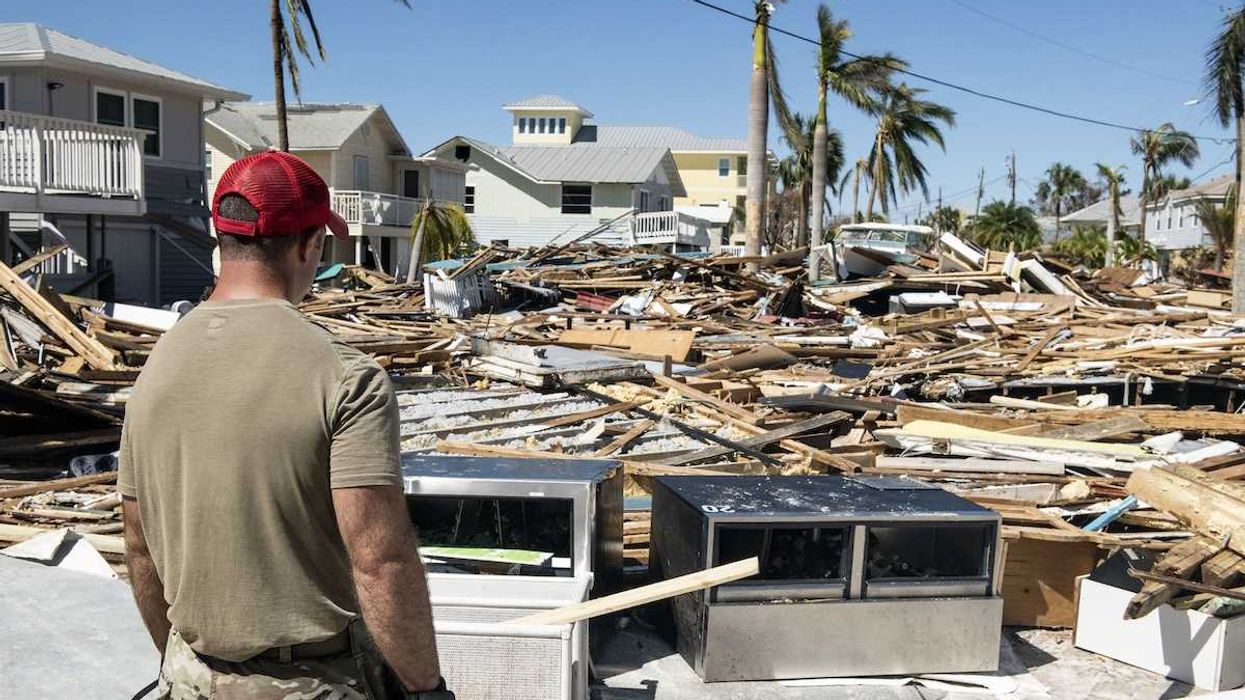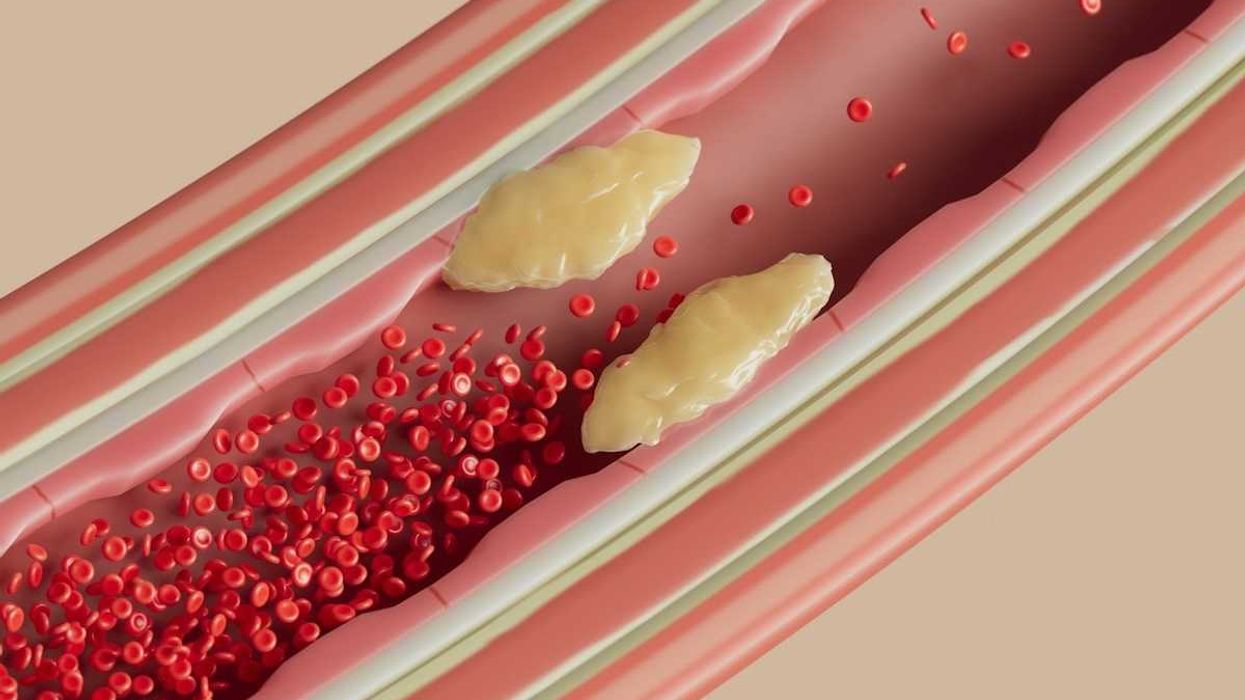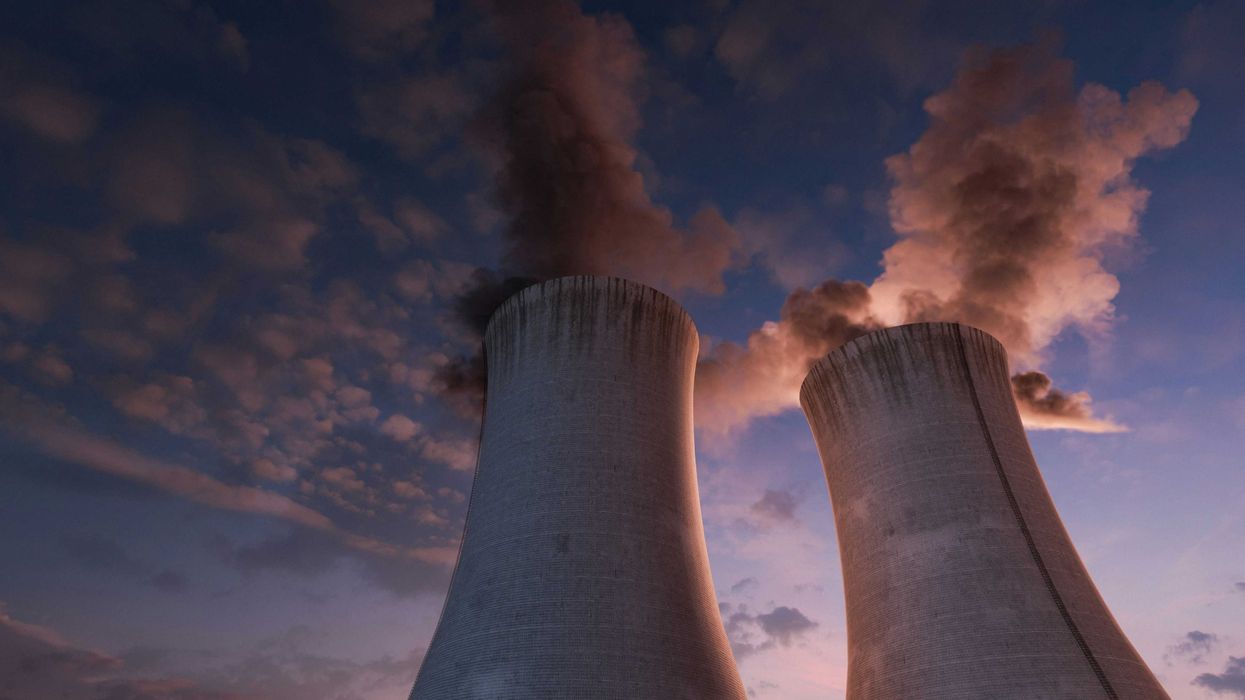PITTSBURGH—On January 9, residents of 22 Pittsburgh-area neighborhoods were advised by their county health department to minimize outdoor activity because of high levels of sulfur dioxide pollution in the air.
The pollution was caused by a fire 16 days earlier on Christmas Eve at U.S. Steel Corp.'s Clairton Coke Works Plant that damaged equipment. The maximum legal safety threshold for sulfur dioxide pollution was exceeded in the region six times before the public was informed or a health advisory was issued.
According to the Allegheny County Health Department's data, the air monitor closest to the plant detected sulfur dioxide at 145 parts per billion (ppb) on December 28—nearly double the maximum hourly safety threshold of 75 ppb.
When the notice was posted on the Health Department's Facebook page, a number of affected residents expressed anger that they weren't warned earlier (the Health Department has since publicly defended its approach), and concern for their health.
"A little late warning the public," one user wrote, "[since] there's a lot of sickness in these towns for weeks now." She added that she'd gone to her primary care physician due to headaches and breathing issues prior to the warning being issued, writing, "Very angry over the delay of this!"
Another user stated that her mother, who lives in the impacted region, had to be admitted to the hospital due to exacerbation of her COPD/emphysema, writing, "That info should have been reported earlier," while another wondered, "How many of our children were exposed to this during the holidays when they were off of school and outside playing?"
What health effects should residents watch for?
Respiratory irritation from sulfur dioxide exposure induces symptoms such as sneezing, sore throat, wheezing, shortness of breath, chest tightness, and a feeling of suffocation, according to the U.S. Centers for Disease Control and Prevention. At the levels caused by the Clairton fire, those most at risk are people with chronic respiratory illnesses like asthma and COPD, those with heart disease, children, and the elderly.
According to a spokesperson for the American Lung Association, even people with mild asthma may experience symptoms like wheezing, shortness of breath and chest tightening as a result of exposure to sulfur dioxide.
"We know from human exposure studies that even people with mild or moderate asthma can experience a significant drop in lung function as a result of relatively short periods of exposure," Kevin Stewart, American Lung Association Director of Environmental Health, Advocacy and Public Policy, told EHN.
"People with asthma are more likely to experience problems when exercising outdoors, since breathing more of the air containing sulfur dioxide can more quickly lead to bad outcomes."
Stewart noted that respiratory infections and mortality in the general population have also been linked to sulfur dioxide exposure. As a result of these concerns, the American Lung Association recently urged the Environmental Protection Agency to lower the maximum exposure threshold for sulfur dioxide from 75 ppb to 50 ppb to be more protective of health.
Children with asthma—and Pittsburgh has many—are especially at risk.
Children breathe more quickly than adults, so they inhale more of whatever is in the air. They're also more likely to be active outdoors than adults.
"While kids are still developing, they have different biochemistry in their lungs since they're not yet fully matured," Stewart said. "We're also aware that with children being smaller, their airways are smaller, so even in healthy children, some inflammation of the airways can occur as a result of sulfur dioxide exposure."
When it comes to long-term effects, the primary concern with sulfur dioxide exposure is an overall decrease in lung function as a result of inflammation, especially in those with asthma or other chronic respiratory illness. Sulfur dioxide is not considered a carcinogen.
How can residents stay safe?
Stewart advised residents to follow health advisories that suggest limiting outdoor activity, keeping an eye on air quality data for the region as it becomes available, and being mindful of new symptoms.
Anyone with chronic lung or heart disease should have a plan in place with their physician(s), he said, in the event of an exacerbation or emergency caused by sulfur dioxide exposure.
"If you're experiencing irritation immediately upon breathing outdoor air, that's certainly a sign of exposure," he said. "Not every chemical odor means there's a potential health effect, but they can be an indicator that there are things in the air that are unhealthy to breathe, and this is probably a good time to exercise caution."
If you have questions about your health related to potential sulfur dioxide exposure, you can call the American Lung Association's medical hotline at 1-800-lung-USA
- What I learned writing about the environment in Pittsburgh in 2018 ... ›
- Cancer in Pittsburgh: Prevention lags as pollution persists - EHN ›
- Kids in Southwestern Pennsylvania are exposed to carcinogenic coke oven emissions at shockingly higher rates than the rest of the country - EHN ›
- WATCH: Deer Park, Texas, petrochemical fire caused by years of neglect - EHN ›
- Clairton residents plead with officials to protect them from pollution following US Steel fire - EHN ›
- Elementary school students in Clairton are having asthma flare-ups following the Clairton Coke Works fire - EHN ›
















